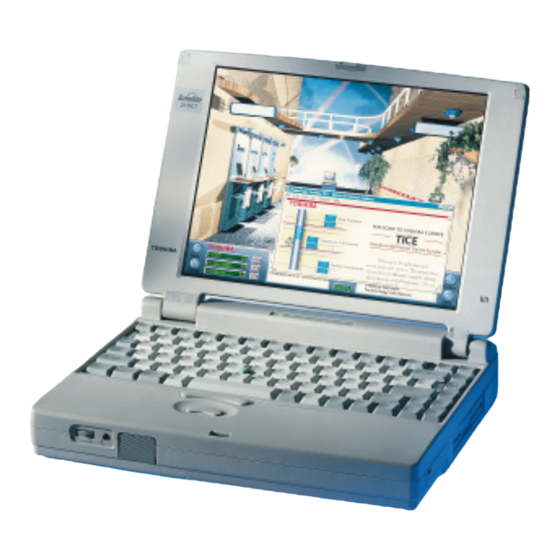pjturpeau
New Member
Hello everyone,
I'm from France, as a child I owned an Amstrad CPC 6128, played with friends' Amiga/Atari machines, and then moved to the PC world.
I started assembly language coding on HP48 Saturn processeur and i386 in real mode.
I used to be an assembly language coder on Pentium P5 architecture for few demoscene prods (http://turpeau.net/babyloon/).
I really loved this time of simple programming environment and polished 2D productions. Of course, I'm amazed by what have been done by some people here: https://trixter.oldskool.org/2015/04/07/8088-mph-we-break-all-your-emulators/
As you can imagine, there're a lot of 2D effects and tricks that I haven't have the opportunity to understand and code at that time.
Few years ago I started to go back studying and coding simple stuffs and new effects in C for fun in an old-school fashion (homemade SDL2-based simple stupid zero-setup 8-bit framebuffer based library - like in good old 320x200x256 MCGA mode)
(https://gitlab.com/pjturpeau/oldskewlish/-/blob/master/docs/screenshots.md)
There're still a lot of fx/tricks to study and code in my TODO list, however I'm now feeling it's time to push a little further my old-schoolish approach towards a bit of CPU optimization.
While I would love to produce something finished and polished, I've lost all my past crappy code and I'm rebooting everything from scratch, this will be slow paced and will take time. Also, this would need to be part of any active demoscene group (code without decent gfx and sfx is nonsense) which is not the case anymore.
I've chosen to work on Pentium 1 P5 architecture (pre-1995) which is certainly not that vintage compared to other beasts.
However, I'm currently preparing a decent coding environment, which should match the environment I had and liked, under MSDOS 6.22 (Norton Commander, Doskey, Watcom, TASM, MultiEdit Pro, etc...) with DosBox / 86box. I'm still looking for the name of a resident software I used which gave quick access to interrupts list and other technical documents within the editor... Using Visual Studio Code directly is also an option, feeling would probably not be the same.
For real world testing purpose, I'm in the process of buying a low-cost Toshiba Satellite 210CS which seems just fine for that purpose (screen aside)

 www.manualslib.com
www.manualslib.com
I'll probably need to collect spare units in case of HW failure however. I'm not a big collector though.
In the mean time, I'm reading Abrash and Fog books as-well-as ancient tutorials (thanks http://hornet.org).
Kind regards.
I'm from France, as a child I owned an Amstrad CPC 6128, played with friends' Amiga/Atari machines, and then moved to the PC world.
I started assembly language coding on HP48 Saturn processeur and i386 in real mode.
I used to be an assembly language coder on Pentium P5 architecture for few demoscene prods (http://turpeau.net/babyloon/).
I really loved this time of simple programming environment and polished 2D productions. Of course, I'm amazed by what have been done by some people here: https://trixter.oldskool.org/2015/04/07/8088-mph-we-break-all-your-emulators/
As you can imagine, there're a lot of 2D effects and tricks that I haven't have the opportunity to understand and code at that time.
Few years ago I started to go back studying and coding simple stuffs and new effects in C for fun in an old-school fashion (homemade SDL2-based simple stupid zero-setup 8-bit framebuffer based library - like in good old 320x200x256 MCGA mode)
(https://gitlab.com/pjturpeau/oldskewlish/-/blob/master/docs/screenshots.md)
There're still a lot of fx/tricks to study and code in my TODO list, however I'm now feeling it's time to push a little further my old-schoolish approach towards a bit of CPU optimization.
While I would love to produce something finished and polished, I've lost all my past crappy code and I'm rebooting everything from scratch, this will be slow paced and will take time. Also, this would need to be part of any active demoscene group (code without decent gfx and sfx is nonsense) which is not the case anymore.
I've chosen to work on Pentium 1 P5 architecture (pre-1995) which is certainly not that vintage compared to other beasts.
However, I'm currently preparing a decent coding environment, which should match the environment I had and liked, under MSDOS 6.22 (Norton Commander, Doskey, Watcom, TASM, MultiEdit Pro, etc...) with DosBox / 86box. I'm still looking for the name of a resident software I used which gave quick access to interrupts list and other technical documents within the editor... Using Visual Studio Code directly is also an option, feeling would probably not be the same.
For real world testing purpose, I'm in the process of buying a low-cost Toshiba Satellite 210CS which seems just fine for that purpose (screen aside)

TOSHIBA SATELLITE 210CT BROCHURE Pdf Download
View and Download Toshiba Satellite 210CT brochure online. Toshiba Satellite 210CT: Product Brochure. Satellite 210CT laptop pdf manual download. Also for: Satellite 210cs.
I'll probably need to collect spare units in case of HW failure however. I'm not a big collector though.
In the mean time, I'm reading Abrash and Fog books as-well-as ancient tutorials (thanks http://hornet.org).
Kind regards.
